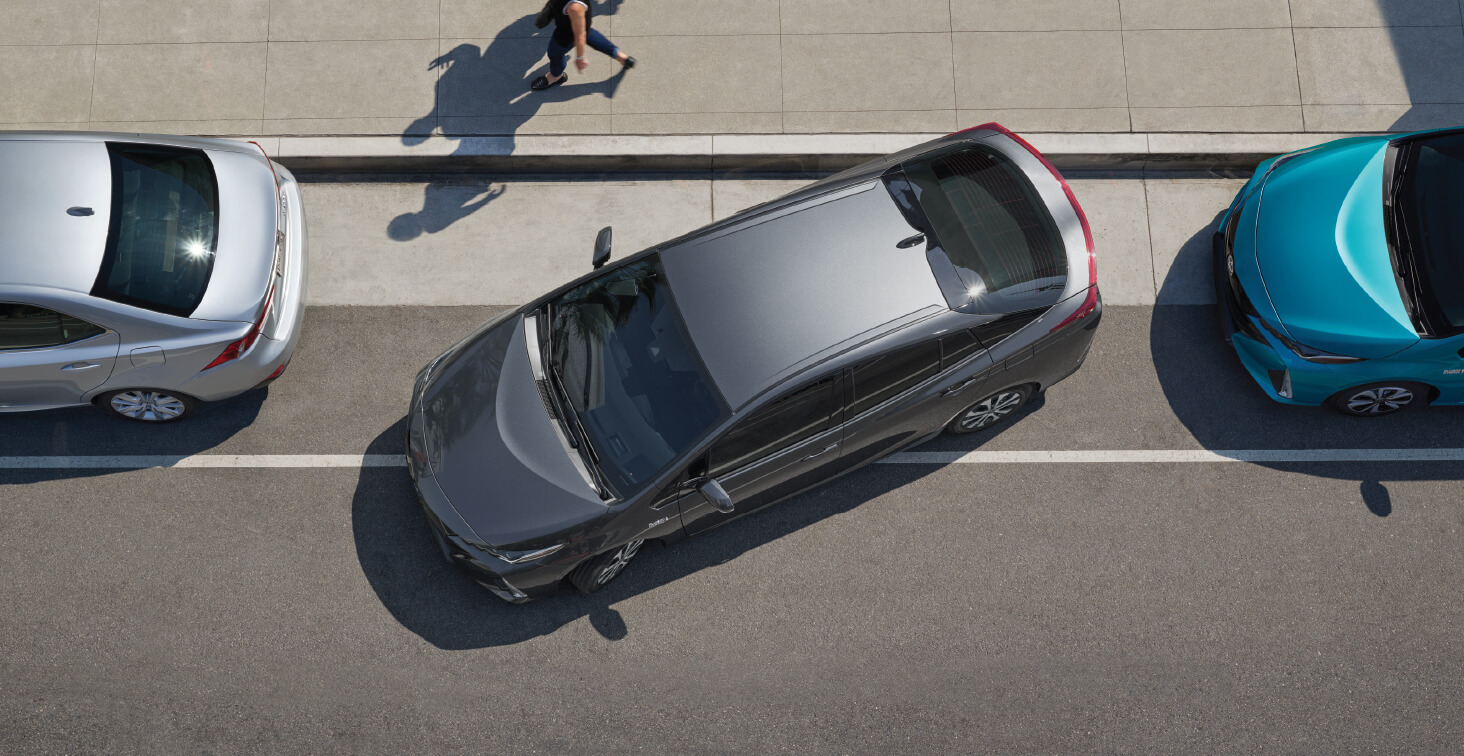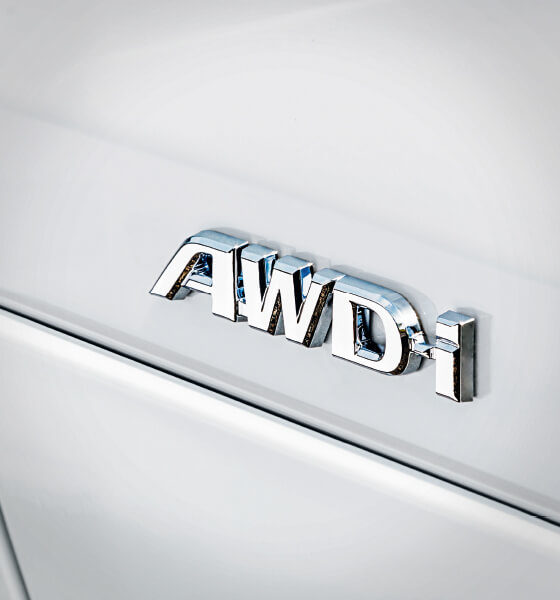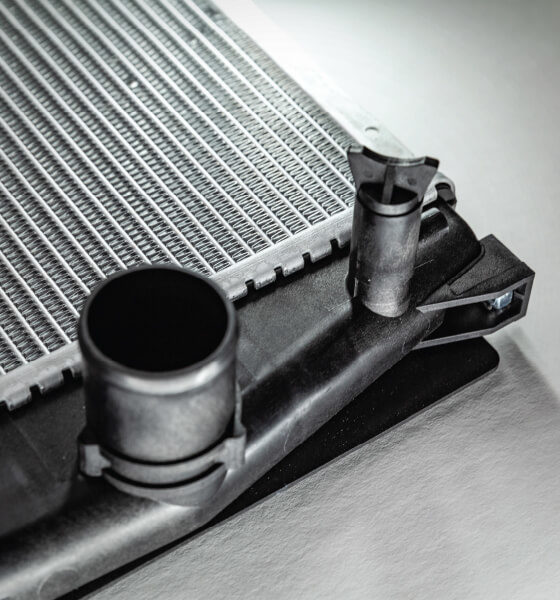
Collision Pros Magazine 2019 | ISSUE 2
Toyota Safety System Calibration
NEW TECHNOLOGY REQUIRES THE RIGHT REPAIR PROCEDURES
TODAY’S VEHICLES INCLUDE A WIDE VARIETY OF ADVANCED DRIVER ASSIST SYSTEMS (ADAS) TECHNOLOGIES
Collision System with Pedestrian Detection, Lane Departure Alert, Automatic High Beams, Lane Tracing Assist, and Blind Spot Monitor to name a few. While each of these active safety features help drivers by providing a new level of control, they also require sophisticated computers and sensors to analyze data that in turn instruct the vehicle how to react.
For example, the Pre-Collision System with Pedestrian Detection (PCS w/PD) uses an in-vehicle camera and a radar sensor or a laser sensor. These sensors are designed to help detect a vehicle or a pedestrian in front of the vehicle. If they determine intervention is needed; they may help avoid a potential collision.
How PCS Works
If the system determines that a frontal collision is likely, it sends the driver audio and visual alerts. If the driver notices the potential collision and applies the brakes, the PCS may also apply additional force using Brake Assist. If the driver doesn’t brake in time, then PCS may automatically apply the brakes to reduce the speed, minimizing the likelihood of a frontal collision or reducing its severity.
Understanding how an accident or body panel damage may have affected safety systems or even altered wheel alignment
is the challenge.
The Challenge
Understanding how an accident or body panel damage may have affected safety systems or even altered wheel alignment is the challenge.
Many of these Toyota Safety Sense™* features rely on integrated cameras and sensors, precisely aimed to properly operate. If a vehicle is in an accident, or the wheels are misaligned, the sensors may not “see” the actual driving conditions. It’s important to know which safety features are on each vehicle you repair when they come into your shop.
Post-Repair Calibration Is Important
Consider a vehicle that has been in a “minor” fender-bender and the rear bumper was damaged. The bumper gets replaced and repainted, and the vehicle is returned to the customer. On their way home, the customer goes to change lanes and the Blind Spot Monitor system fails to alert the driver that a truck is in their blind spot—how could this happen?
The reality is that the Blind Spot Monitor sensor located behind the rear bumper cover could have been damaged or misaligned, or the sensor calibration was not checked properly. In either case, the performance of that safety system has been negatively affected.
With this new technology, part of the repair process is understanding which systems might be impacted by the damage or during the repair process, and knowing where to find the applicable calibration information. Thankfully, Toyota’s Technical Information System (TIS) https://techinfo.toyota.com provides you with a wealth of information to calibrate sensors properly, because just one degree of misalignment can affect system performance.
Use the appropriate Toyota specified special service tools (SSTs) called out in the repair manual. These can be purchased through the (https://toyota.service-solutions.com) website.
Best Practices Regarding Sensors:
- Don’t modify, disassemble, or paint sensors.
- Don’t subject sensors to impacts.
- Only replace sensors with Toyota or Lexus Genuine OE sensors.




When Performing Calibration:
- Be sure to factor repair planning and calibration time into your repair estimate.
- Follow the calibration instructions to the letter—the calibration procedures vary based on what has been repaired and what needs to be calibrated.
- Allow time to research which systems are related to the vehicle and review what should be considered during the repair.
- Use the appropriate Toyota specified special service tools (SSTs) called out in the repair manual. These can be purchased through the (https://toyota.service-solutions.com) website.
- Use the latest Toyota Tech Tips bulletin and confirm if there are any related Tech Tips or other bulletins, as these usually supersede or add to repair manual instructions.
General precautions:
- Don’t modify suspension—changing the vehicle height or tilt may prevent sensors from working properly.
- Be aware of bumper repair precautions published in repair manuals for Blind Spot Monitor systems.
- Check calibration of any sensors that may have been damaged, misaligned, removed, or replaced.
- Don’t install aftermarket accessories near a sensor, as they can affect sensor performance.
Once measurements are confirmed and calibrations are completed, perform a health check to make sure all electronic systems are operating correctly and no Diagnostic Trouble Codes (DTCs) are present. Accurately performing safety system calibrations before returning the vehicle to the customer will ensure that the vehicle has been properly repaired and is working as designed.
Toyota Safety Sense features are designed to assist the driver and are not a substitute for safe and attentive driving practices. System effectiveness is dependent on road, weather and traffic conditions. See Owner’s Manual for additional limitations and details.



